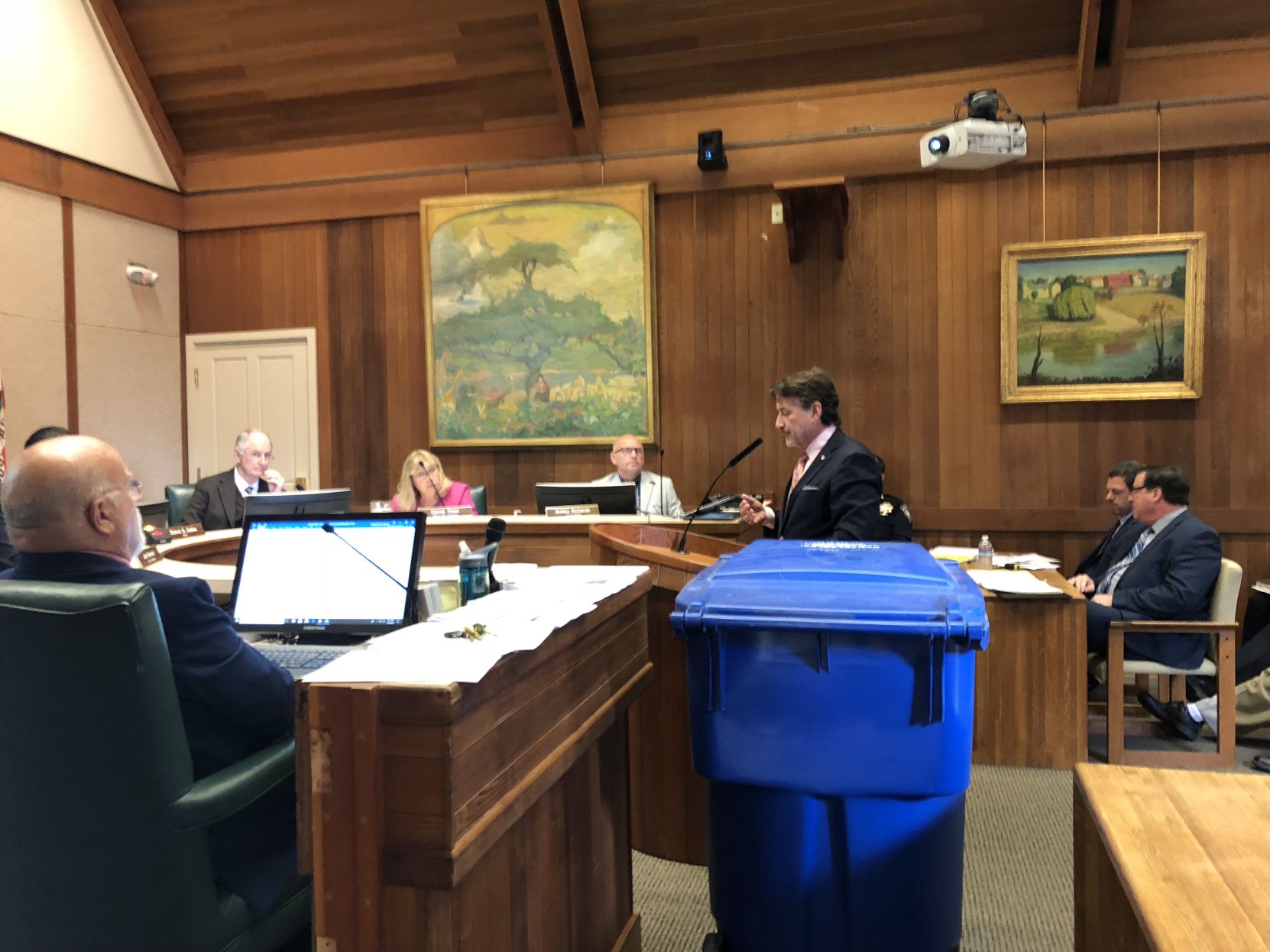
To define the duration and dose-response characteristics of the vector-mediated analgesic effect.

These studies are designed to overcome the barriers that stand between preclinical proof-of-principle experiments and the development of a treatment for the human disease, and to create novel vectors to enhance gene therapy for specific types of pain.
DAVID FINK GENE THERAPY SWEDISH COMPANY SERIES
In response to the RFA, we propose a series of studies to investigate the hypothesis that HSV-mediated gene transfer to the DRG may be used to treat chronic pain. The preclinical data for this novel approach to the treatment of pain is compelling. The effect is local, synergistic with morphine, and persists despite tolerance to morphine. We have demonstrated that HSV based vectors can be used to transduce neurons of the DRG to achieve an antinociceptive effect in models of inflammatory pain, neuropathic pain, and pain resulting from tumor in bone. Herpes simplex virus (HSV) naturally targets with high efficiency to neurons of the dorsal root ganglion (DRG) from peripheral inoculation. But chronic pain, often disabling and refractory to treatment, represents a difficult medical problem with enormous societal impact. An editorial published in the June issue of the Lancet Oncology highlighted the ability of some systems to accurately identify people at high risk of pancreatic, lung and breast cancer.Pain is a subjective experience with affective and cognitive components, an """"""""unpleasant sensory and emotional experience associated with actual or potential tissue damage that serves an essential role in alerting an individual to potentially harmful stimuli in the environment"""""""". Yu’s team’s work is part of a broad set of efforts to use AI to better diagnose and treat cancer. Though the study showed promise, CHARM still needs to be tested in real-world settings, the researchers said in a news release. Those are calls that human pathologists can make during surgery, but the tool could remove the need for a 10-to-15-minute wait, Yu said, or for a pathologist to be on standby during an operation. Using its results alongside other information, “the clinician may be better able to make the right decision on the spot,” said Yu, an assistant professor of biomedical informatics at Harvard Medical School, whose lab led the research.ĬHARM can also tell malignant tumor cells apart from benign cells and identify a tumor’s grade, a measure of how aggressive it is. A swift analysis could let doctors proceed with the right treatment without the added time of scheduling and performing another surgery, Yu said. While the tool is not as accurate as current genetic tests, the computer system can predict a tumor’s profile almost instantly. CHARM learned to match or outperform other AI systems at identifying the genetic profile of a tumor.

Yu and his team of researchers trained a machine-learning algorithm to do the work by showing it pictures of samples gathered during brain surgery, and then checking its work against those patients’ diagnoses.


Getting that information, however, currently requires time-consuming testing. Surgeons use information about the genetic profile of a glioma tumor when deciding how much tissue to remove from a patient’s brain, as well as whether to implant wafers coated in a cancer-fighting drug. Only 17% of people with glioblastoma survive their second year after being diagnosed, according to the American Association of Neurological Surgeons. While glioma varies in severity, an aggressive form called glioblastoma can lead to death in less than six months if untreated. Surgeons use detailed diagnoses to guide them while they operate, Yu said, and the ability to get them rapidly could improve patients’ outcomes and spare them from multiple surgeries. The tool - called the Cryosection Histopathology Assessment and Review Machine, or CHARM - studies images to quickly pick out the genetic profile of a kind of tumor called glioma, a process that currently takes days or weeks, said Kun-Hsing Yu, senior author of a report released Friday in the journal Med. (Bloomberg) - An artificial-intelligence tool has shown promise at helping doctors fight aggressive brain tumors by identifying characteristics that help guide surgery.


 0 kommentar(er)
0 kommentar(er)
